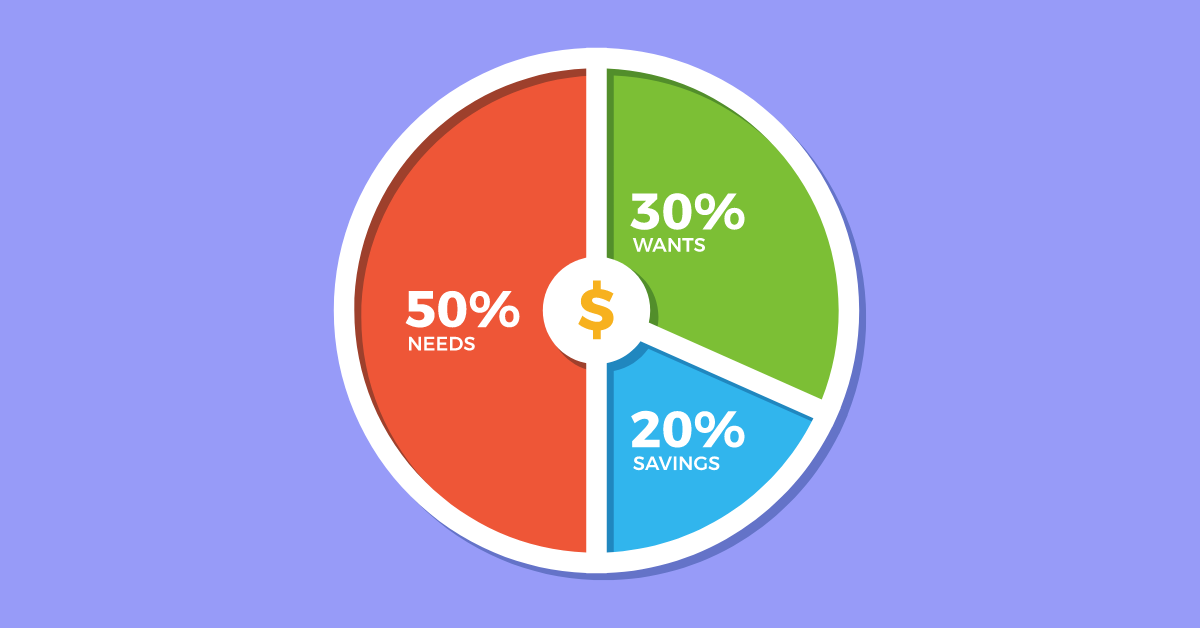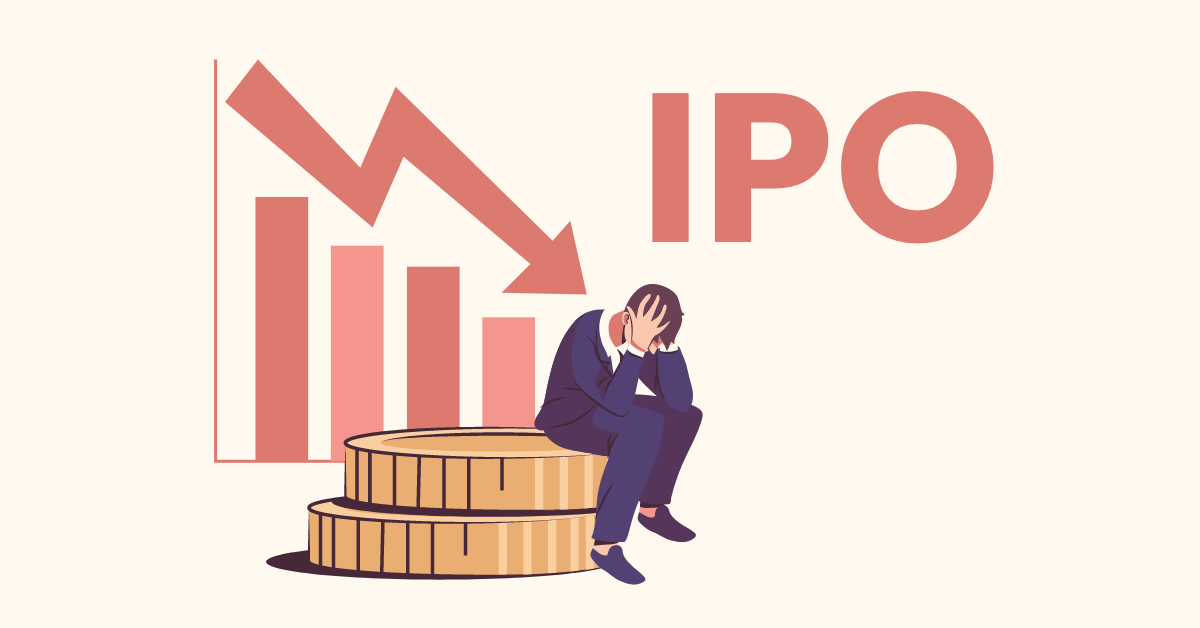We live in a fast-moving world of money. The difference between savings and investments is fast becoming blurry to the average person. Saving and investment are at the very foundation of money management. Is it investing in stocks that interest you, or are you busy finding the best saving account interest rate?
Your choices will determine your financial future. A journey that pivots on the interdependent concepts of risks and returns. A journey to long-term wealth creation cannot be embarked upon without preparing for unforeseen emergencies. Let us develop a better understanding of the fundamental concepts of Saving and Investment.
Saving Money v/s Investment
Whether it is saving, or investing your money, wealth creation is the ultimate objective. The difference lies in your risk to return objectives. Saving is setting money aside for a future need, or crisis by putting it in a bank account, or keeping hold of physical cash. Savings are relatively liquid, associated with extremely low risks, and generate minimal returns. Putting money in a savings bank account, or a fixed deposit are the most common ways of saving.
Investments are similar to savings, in the sense, that they also involve setting money aside for a future need, or crisis. However, there is a major difference in financial objectives between saving and investment. The investment includes allocating your money on assets whose value is expected to increase over time. The assets generate high returns over time, while also carrying an inherent risk. Investing in stocks, ETF investments, and mutual fund investments are common examples.
Now let us discuss in more detail the individual aspect of the comparison.
Key Differentiating Factors Between Savings and Investments
Some of the key differences between saving and investing lie in the following factors:
Underlying Philosophy
The philosophy behind saving and investing is perhaps the most detrimental comparison between the two. Savings are ideal for your financial goals over shorter tenures. Your saving account interest rate may not be substantial, but it will see you through any immediate expenditure or crisis if you have saved enough. Moreover, you don’t need to break a sweat in research or analysis.
Investing your money, on the other hand, will help you generate wealth. Is it worth investing in stocks? It sure is. Investing money in stocks, and other asset classes may help you realize your life goals. Your own house, children’s education, retirement fund. These are the life goals for which you need to start investing at an early stage in life. However, the benefits of staying invested for long term in the stock market can only be realized when you are committed for the long run. Always remember, when it comes to long-term investment options, an investment in knowledge is the best investment.
Inflation Hedge
Savings schemes do not hedge for inflation. The purchasing power of your money sitting in your bank account will decrease with the rise in inflation. Investing your money in the right asset will help you negate inflation over time. Those who start investing in the stock market at an early stage stand a better chance of beating inflation.
WeathBaskets are curated investment portfolios that invest in a combination of equities and ETFs. Top SEBI registered experts monitor and rebalance the portfolios as per market changes. The advisory fees on WealthBaskets are very reasonable for the retail investor. They are a feasible and relatively secure way of investing in the stock market and preventing capital depreciation through inflation.
Rate of Return
Savings account interest rates, and other saving schemes like fixed deposits generate a secured and stable return over time. Investments, on the other hand, are wealth-generating vehicles. Equities, ETFs, and mutual funds investments generally yield higher returns with time. WealthBaskets are uniquely designed as per themes, sectors, and investment strategies. Investing in WealthBaskets ensures risk-adjusted returns over long and short terms.
Risk
Risk and returns are the two faces of the same coin. The savings mentality is all about low risk. Saving schemes generate steady returns through interest rates. Investments on the other hand carry a higher risk factor. The value of the invested assets may vary over time depending on market factors. WealthBaskets ensure risk-adjusted returns through continuous monitoring and rebalancing as per changes in the market. WealthBaskets are curated by top SEBI registered experts who manage respective portfolios to meet their returns objective over time.
Asset Liquidity
The fundamental idea of savings schemes is to have instant access to your money. With the exception of fixed deposits, savings are highly liquid. Investments on the other hand are less liquid. Stocks can be liquidated on short notice, but the whole idea of capital appreciation is lost. The secret to wealth creation is in staying committed for an extended period. This also implies that you do not have access to your own money during the invested tenure. Financial advisors will always tell you not to put your emergency funds into investments.
Overhead charges
Saving is a straightforward procedure. There is no expert advice needed to put your money into a saving scheme. Therefore, the overhead charges are minimum, to non-existent. Investment on the other hand is a more complicated process. Investment in the stock market includes market forecasting. It is a job of a financial expert. Average retail investors are advised against forecasting the market until they have comprehensive knowledge. Financial experts charge an advisory fee for their services. The fee in the case of retail investors may be substantial, and even unreasonable. WealthBaskets bring you advisory from top SEBI registered experts at nominal charges.
Difference between savings and investing
| Saving | Investing |
| Bank account is needed | Demat account is needed |
| Relatively low returns | Returns will vary |
| No risk of loss | Risk of loss |
| Relatively easy | Harder |
| Low effectiveness against inflation | Potentially high effectiveness against inflation |
| Not expensive | Might be expensive depending on management fees and transaction costs |
| High liquidity | Comparatively lower liquidity |
Conclusion
It all comes down to the question. To save, or to invest? You know the answer before you ever asked it. It is about your financial goals and the time in which you have to achieve them. A period of three to five years can be considered reasonable to commit your money to an investment.
Irrespective of your stage in life, or financial condition, you are always advised to keep aside an emergency fund. At the same time, it’s never too late to start on your investment journey. The earlier you start, the more experience you gain. WealthBaskets are for those of you who are not sure where to start your investment journey or are apprehensive at this moment due to failures of the past. As in life, so in the case of money, the secret is in balance.
FAQs
If time is on your side, then the investment is a more lucrative option than saving. Investment has an inherent risk factor, but also a better chance of generating high returns in the long run.
Risk return objectives are associated with investments. Financial experts and fund managers forecast the returns over time for particular asset classes or portfolio spreads. However, the market may behave contradictory to expectations. This is the inherent risk associated with an investment. WealthBaskets, through constant monitoring and rebalancing by top SEBI, registered experts ensure risk-adjusted returns.
Individuals can manage their investments on their own. However, doing so requires extensive knowledge and experience. Especially, investing in the stock market can be tricky. Individuals are advised to work alongside advisors. The financial advisory does come with an advisory fee. Availing professional advice in, investments will save time, and effort in market research, and monitoring. WealthBaskets are curated portfolios of a combination of equities and ETFs. WealthBaskets are recommended for the average retail investor because they are constantly monitored and balanced against changes in the market.
Equities and other marketable securities are examples of liquid assets. In case of an emergency, these asset classes can be converted to cash relatively easily. However, one must remember that to meet their returns objectives, they have to stay invested over extended durations.


















